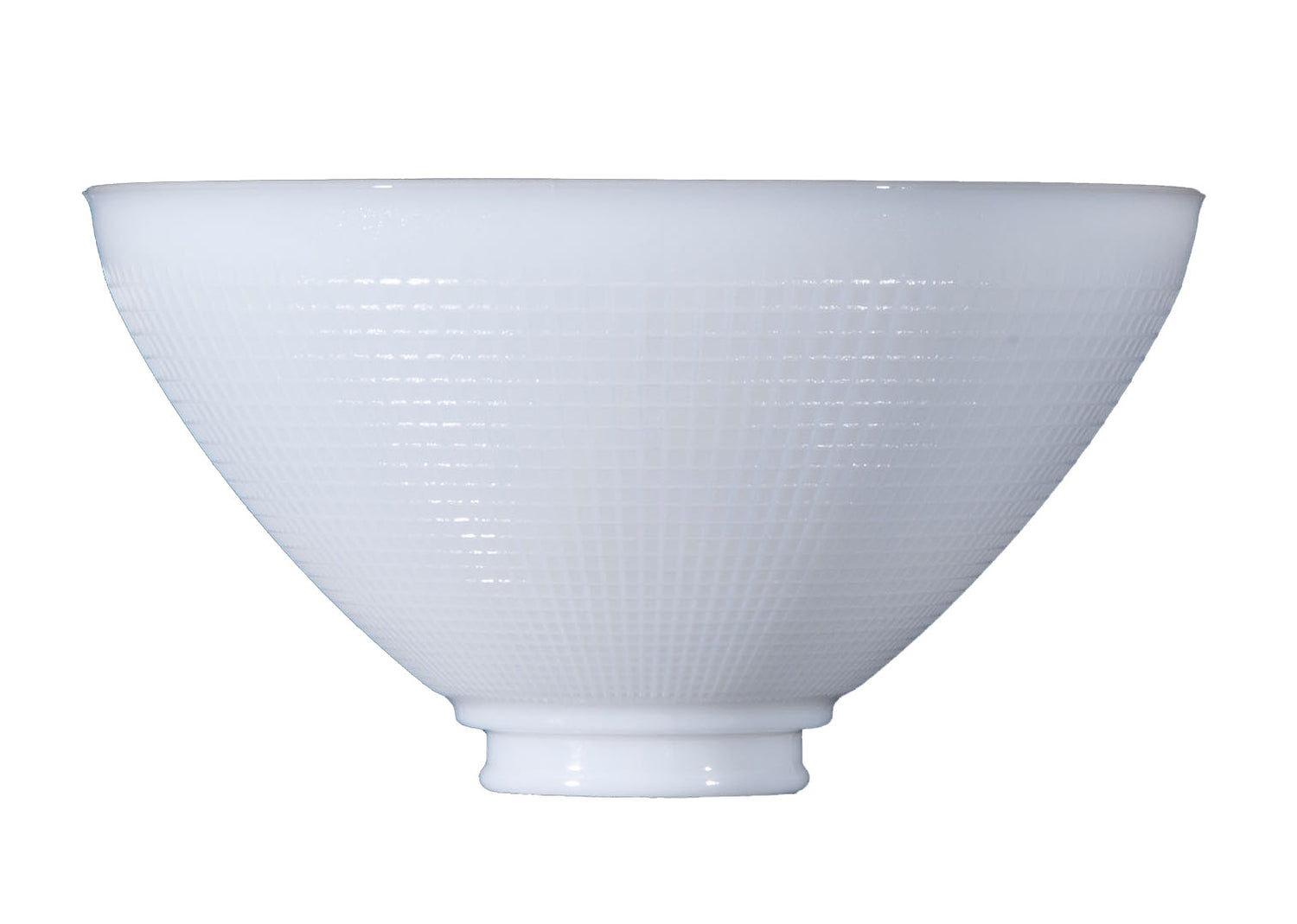Lampshade Styles
One of the most overlooked elements of any interior design process is the lampshade, because the right shade can make or break the look of an entire room. There are a wide variety of sizes, colors, materials, and levels of translucency to choose from. With so many lampshade styles at your disposal, it can be difficult to know where to start. Luckily, Antique Lamp Supply has more than 60 years of lighting experience and expertise. This guide will provide a general introduction to lampshades and the way shape affects the lighting in your home.
Different Lampshade Materials
We use two categories when describing most lampshades: hardbacked and soft-sided. Hardbacked shades are usually made of paper or fabric that is bonded to a stiff, synthetic base, while soft-sided lampshades are usually made of fabric that is stretched over a metal frame. Hardbacked lampshades are sleek and tend to filter more light, but that does not mean that they are necessarily right for you. The best fabrics are made from natural fibers, such as cotton or linen, and should be able to be ironed. Synthetic fabrics can show signs of discoloration over time due to heat from the light bulb. You will also find lampshades made of metal, panes of stained glass, seashells, and much more. We recommend shopping for lampshades made of cotton, linen, parchment, or silk.
Different Lampshade Shapes
• Bell: A lampshade that has a bell shape with the sides curving and sloping towards the bottom.
• Coolie: A lampshade that is similar to the Empire in that it is narrow at the top and wider at the bottom, but a Coolie shade is much more reminiscent of an Asian conical hat.
• Cylinder: A lampshade that is similar to Drum shades, except that it features elongated sides.
• Drum: A lampshade that is shaped like a drum, with sides that run completely vertical and show no signs of a slope. Tapered drum lampshades strike the perfect balance between the Drum and Empire styles, because they are as vertical as Drum shades and do not slope as much as Empire shades. Both types can be found in contemporary, modern, and transitional designs.
• Empire: A lampshade that is narrow at the top and wider at the bottom. However, this lampshade style is different than the bell shape, because it does not curve on its way down.
• Rectangular: A lampshade that features the shape of a rectangle when views from above and 90-degree angles at all four corners, making them the most popular in contemporary and modern designs.
• Square: A lampshade that features the shape of a square when viewed from above. Some square shades slope on the way down, while others remain perfectly straight with all sides remaining the same width. This style is most popular in traditional and transitional designs.
Now that you know what some of the basic lampshade shapes are, it is important to understand how the different shapes produce different types and levels of light. Coolie and narrow Empire lampshades restrict ambient light emitting from the top of the shade while maximizing the bottom spread of light. This kind of directional illuminance is also known as task lighting, which is ideal for any workspace or reading area that only requires light in a specific direction. Drum shades are flatter and wider than they are tall. With vertical sides, drum lampshades maximize light emission through the top and the bottom to produce ambient light. Cylindrical lampshades are typically used for tall lamp bases or narrow floor lamps, because they funnel equal amounts of light out of both the top and bottom. If you still can't determine which lampshade you like best, use visual synergy by taking cue from the height and shape of the light fixture's body.
Different Lampshade Sizes
Lampshades are like hats – if they are too big or too small for the lamps at hand, they can look silly or wrong. You should choose a lampshade that is roughly 40 percent of the overall height of the light fixture and approximately double the size of the lamp base. You want to ensure that the shade does not expose any of the hardware underneath. You can use the existing lampshade of your light fixture as a guide by measuring the widest part of the top and bottom. Then, measure the slant or height along the side of the lampshade.
Once you have found the best lampshade for your light fixture or desired level of illuminance, you will need to locate the correct fitter and finial to complete the look. We hope that this guide gives you the basic introduction needed to shop for lampshades with confidence. If you have any questions about this article or our selection of lampshades, please contact us today to speak to one of our friendly and experienced representatives.

